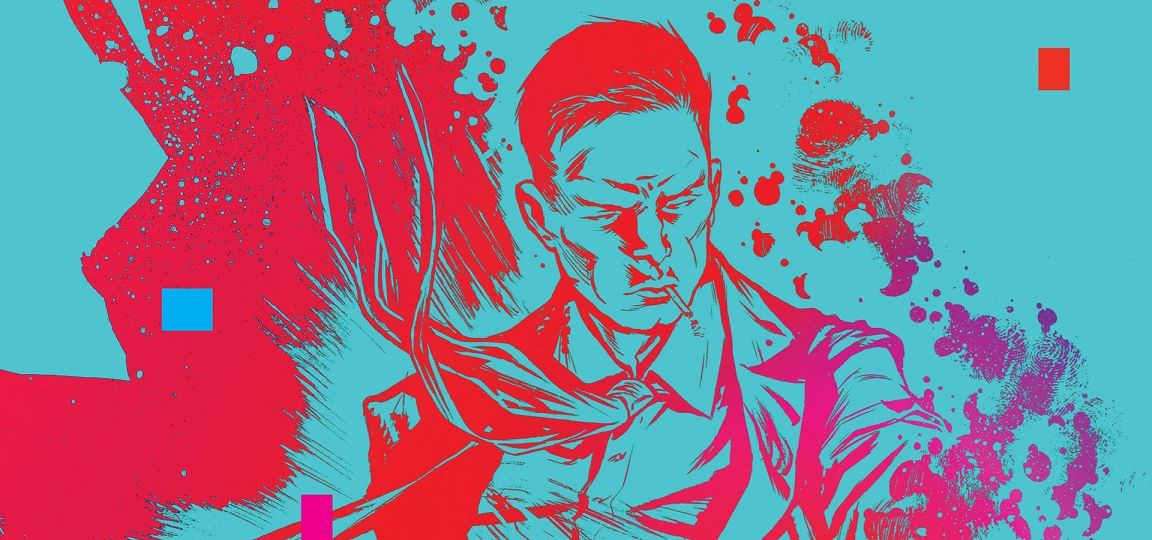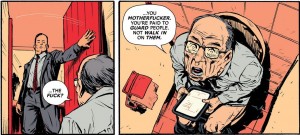
I believe I am suffering a case of writer’s block. After pumping out piece after piece on a weekly basis my mind feels like it’s twisting itself inside out for ideas. I look everywhere for a glimmer of inspiration.
None comes.
How I felt when I read Zero #3 still had little to no profound effect on my writer’s mind. The source from which I draw words, just like the time machine at the end of this issue (oh yeah there’s a time machine how fucking cool is that?), has gone all crazy and is taking me places I have no business being in, like Ottawa. Not that I wouldn’t mind going to Ottawa, but I can’t possible conceive a reason as to why I should, would, or could be in Ottawa.
There’s a formula to picking apart these little 20-30 pages of hyper-condensed storytelling: generalize the plot, discuss the writing, talk about the art for a paragraph (because let’s face it, even though comic readers should be art critics, we are most definitely NOT art critics), and try to tie it into some deeper overarching thematic construct coming from a base level of literary analysis.
Try to discuss the nuances of a comic, like how a particular sequence involving a take-down of a masked man in a somewhat unconventional way gives deeper insights into the concerns of the story at large. Can Edward Zero implicitly trust his horny employers to keep the right path? Also, try to use buzzwords like solid, well-written, script, pencils, colors, inks, lettering, etc. (No one mentions a good letterer in reviews anymore, and it’s a damn shame when a letterer named Clayton Cowles does not get their due. Consistently solid work in making the letters stand out among the script, pencils, colors, and inks.)
Now this formula of comics reviewing is an absolute contributor to writer’s block. There’s little to no variation, and key words and phrases stick in the brain like looping fragments of six-month old pop hits. Try to break up your writing into small, economical chunks like Ales Kot does. Then go for the full regalia of a flurry of wordplay once inspiration strikes, also like Ales Kot does. This creates an easy-on-the-eyes visual effect that most reviews lacks. Try two-word paragraphs.
Or don’t.
Now try talking about the art for more than a paragraph. It’s difficult, isn’t it? There’s only so many ways to describe visual storytelling through the use of panels, but say something like: Santolouco’s art really compliments Kot’s script. A kind of edgy, poppy style with a touch of Rafael Albuquerque mixed with Alberto Ponticelli but none of the jagged roughness and angular, distorted cityscapes present in their work.
See I couldn’t even talk about it for more than a paragraph.
When trying to write a review, don’t try to write it like it’s the be-all, end-all of reviews. Don’t make it a manifesto. Don’t make it the coolest, smoothest spy story on the streets right now. Don’t tell everybody they’re sleeping on brilliance. Be pretentious without being condescending. End on a Cormac McCarthy quote to prove your literary credentials without seeming too pretentious.
“Just remember that the things you put into your head are there forever, he said. You might want to think about that.
You forget some things, don’t you?
Yes. You forget what you want to remember and you remember what you want to forget.” – Cormac McCarthy.


